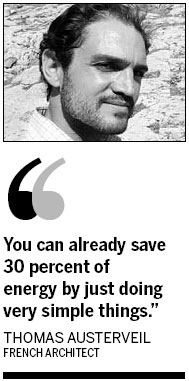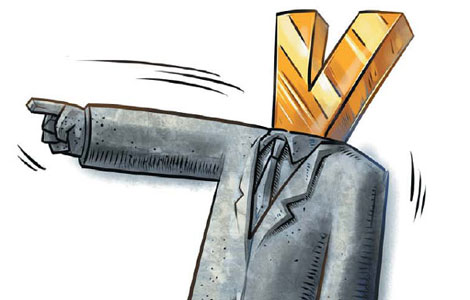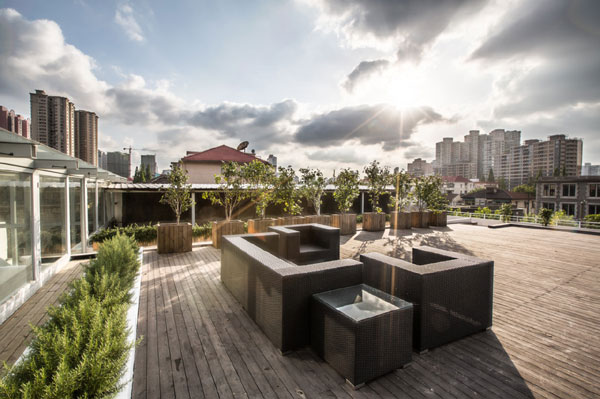Greening the brownfields
Updated: 2013-09-01 12:13
(China Daily)
|
|||||||||||
A French architect demonstrates the sustainability of redeveloping, rather than replacing, China's existing structures. Shi Jing reports in Shanghai.
China is discovering brownfields can be green, and some think they'll become the new black for the country's urban planning.
 |
As China's galloping economy slows to a stride, experts are realizing the economic and environmental benefits of extending existing buildings' use by up to 20 years rather than destroying them and building hundreds of new towers in their place.
This is what French architect Thomas Austerveil says he has learned over two and a half years of dealing with Chinese customers.
A specimen of his vision is the Jing'an Design Center, tucked in a quiet corner of downtown Shanghai.
The four-story loft was sired by the renovation of two factory buildings.
The original windows were enlarged. Wooden spiral staircases were installed. A black-and-white color scheme was introduced. And vegetation, terraces and public spaces were infused into the structures.
Austerveil believes constructing sustainable buildings can be expensive and requires much advance planning. So simple tweaks can easily and cheaply increase sustainability.
Jing'an Design Center's windows were enlarged but in such a way as to avoid sunlight from streaming in directly, for example.
Austerveil connected the two buildings with an atrium. It traps sunlight to keep the buildings 10 degrees warmer in the winter, reducing heating and lighting needs.
"You can already save 30 percent of energy by just doing very simple things," Austerveil says.
Related Stories
New green policy gives industries a big boost 2013-08-12 07:15
China to further boost green industries 2013-08-11 21:40
Green project to help reduce Beijing pollution 2013-07-31 06:42
Today's Top News
Obama delays Syria strike to seek Congress approval
Obama seeking lawmakers' OK for Syria strike
Education can boost economy: Li
Liquid ammonia leak kills at least 15
Liquid ammonia leak kills 15 in Shanghai
5.9-magnitude quake jolts SW China
Economic slowdown, railways hold back airlines
US says 1,429 killed in Aug. 21 chemical attack
Hot Topics
Lunar probe , China growth forecasts, Emission rules get tougher, China seen through 'colored lens', International board,
Editor's Picks

|

|

|

|

|

|






